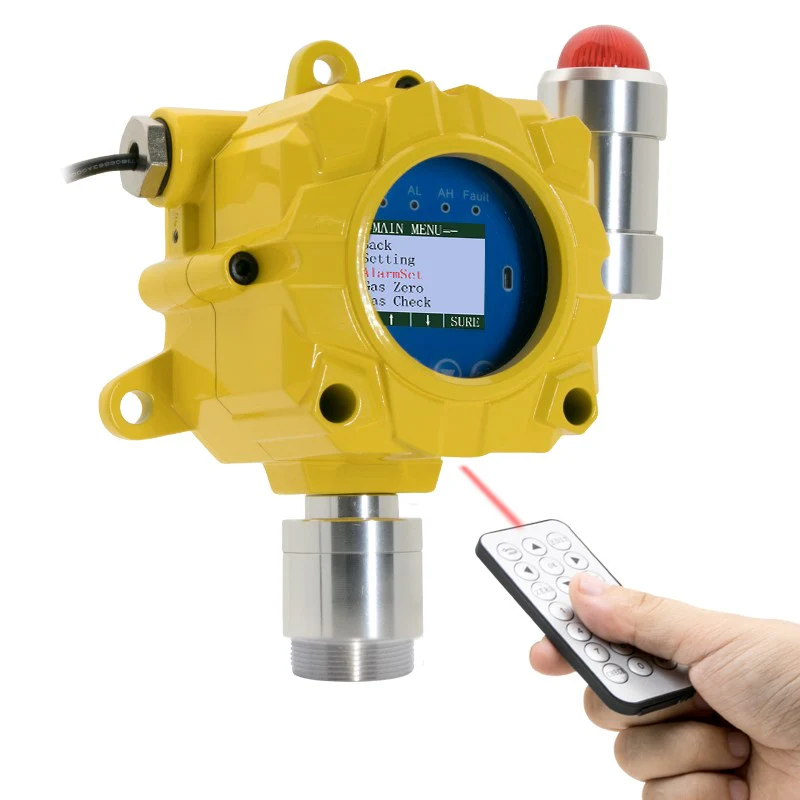Simple Solutions For Effective H2S Monitoring
Hydrogen sulfide (H2S) is a highly toxic gas that poses serious health risks to those exposed to it. This colorless gas is commonly found in industries such as oil and gas, wastewater treatment plants, and pulp and paper mills. To ensure the safety of workers and the surrounding environment, H2S monitoring is crucial.
A H2S monitor is a device used to detect and measure the levels of hydrogen sulfide gas in the air. It provides real-time data on H2S concentrations, allowing for quick response in case of a leak or release. In this article, we will explore the importance of H2S monitoring, how H2S monitors work, and the different types of H2S monitors available in the market.
Importance of H2S Monitoring
Hydrogen sulfide is a dangerous gas that can have serious health effects on humans, including eye irritation, headaches, and even death at high concentrations. By utilizing H2S monitors in industrial settings where this gas is present, workers can be alerted to any leaks or releases promptly, allowing them to take necessary precautions to protect themselves. Not only does H2S monitoring protect the well-being of employees, but it also helps prevent environmental damage by quickly identifying and addressing any potential leaks that could harm surrounding ecosystems.
How H2S Monitors Work
A H2S monitor works by continuously sampling the air for traces of hydrogen sulfide gas. When it detects the presence of H2S, the monitor will sound an alarm to alert workers to the potential danger. Some advanced models of H2S monitors can also provide real-time data on H2S concentrations, allowing for more accurate monitoring and faster response times in case of an emergency. One such reliable h2s monitor available in the market is designed to be portable and easy to use, making it an essential tool for ensuring workplace safety in industries where hydrogen sulfide is a risk.
In conclusion, H2S monitoring plays a crucial role in maintaining the safety of workers and the environment in industries where hydrogen sulfide gas is present. By using H2S monitors to detect and measure H2S levels in the air, workers can quickly respond to any potential leaks or releases, minimizing the risk of exposure and harm. These devices provide real-time data on H2S concentrations, allowing for more accurate monitoring and faster response times in emergency situations. Investing in reliable H2S monitors is essential for ensuring workplace safety and preventing health risks associated with exposure to hydrogen sulfide gas.

